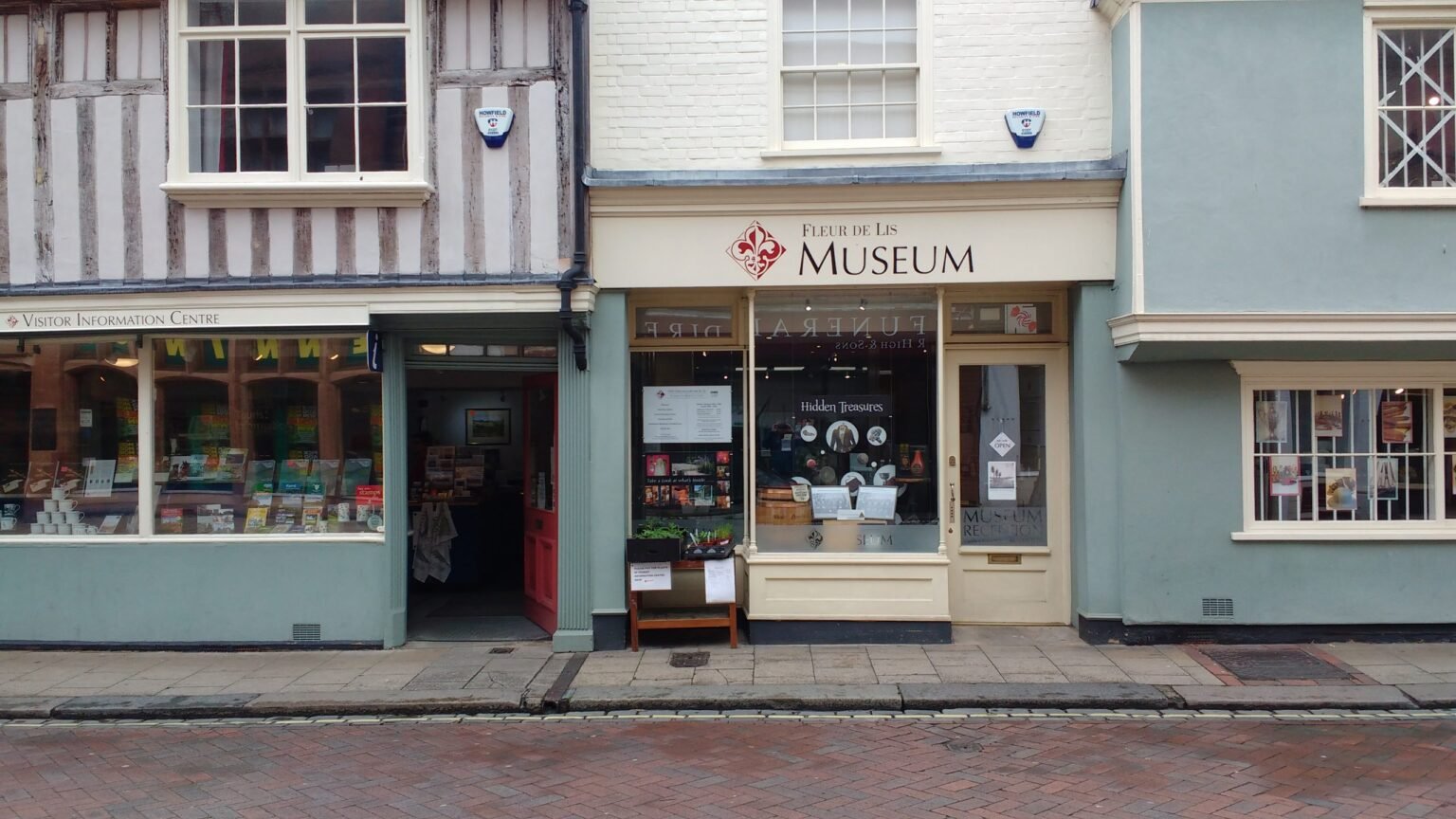Don’t be misled by the Museum’s unassuming Preston Street façade; there’s a lot to learn and explore about this interesting old town! The exhibits take visitors from pre-Roman settlement on the Creek’s banks, through increased farming and building during the Roman occupancy, to England’s royal capital in 1148, when King Stephen erected a huge Abbey. Faversham became an important stopover place for pilgrims on their journey to Canterbury after the creation of new religious institutions such as Davington Priory and Maison Dieu. You will not only witness the past but also feel engaged as the narrative of Faversham unfolds through the ages, which is partially housed in a 15th-century former public house.
The Victorian schoolroom and kitchen will captivate you, the WW1 and WW2 exhibitions will touch you, the costumes and storefronts will delight you, and there is an incredible range of sports equipment and information.
Learn about the enterprise that produced the powder used in the wars of Trafalgar and Waterloo and was at the heart of the nation’s explosives industry for 400 years. View a working Strowger telephone exchange. Follow the history of the creekside brickmaking industry, as the Big Shed’s old tools and agricultural equipment contrast with the Elizabethan room’s luxury. The damaged 16th-century chest that formerly held the wealth of Henry Hatch, a commercial adventurer turned local philanthropist, will delight children.
Visitors may observe how trade and commerce flourished in the aftermath of the Norman Conquest, converting Faversham into a bustling and prosperous Elizabethan town with commercial links to London and Northern Europe. A large number of well-built timber-framed buildings from that era that still exist in the town and surrounding villages today is proof of this richness.











